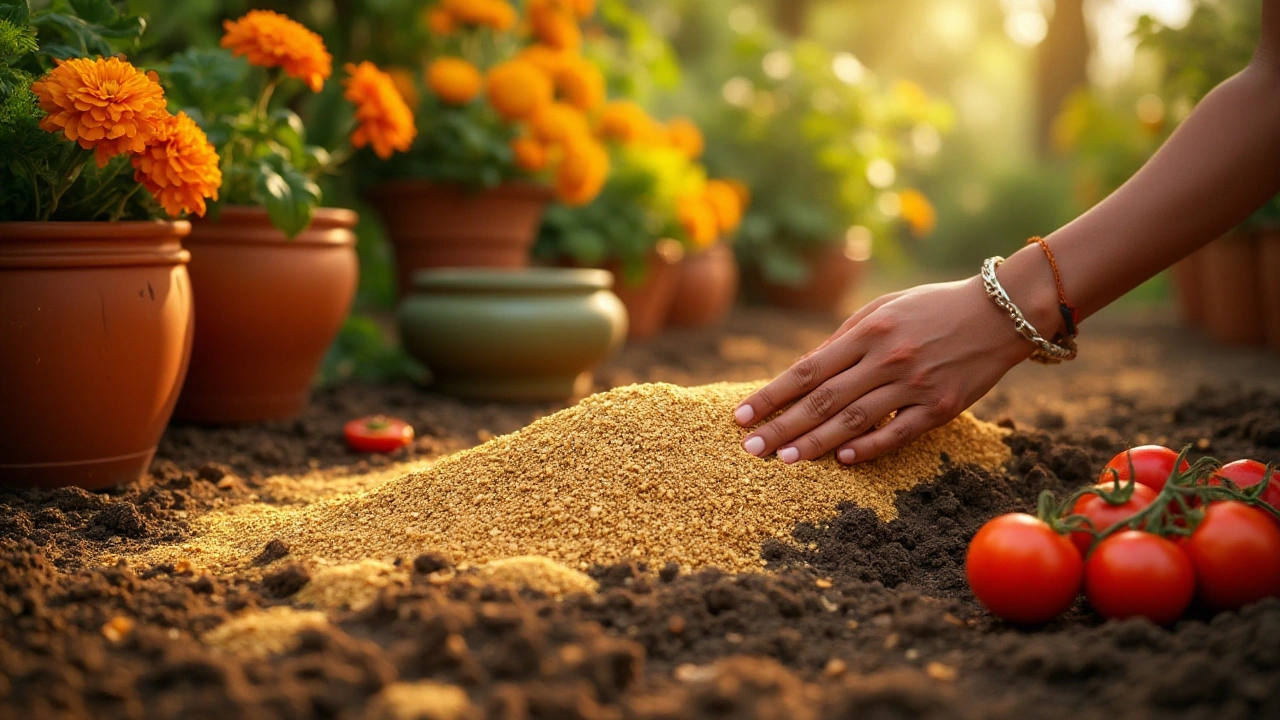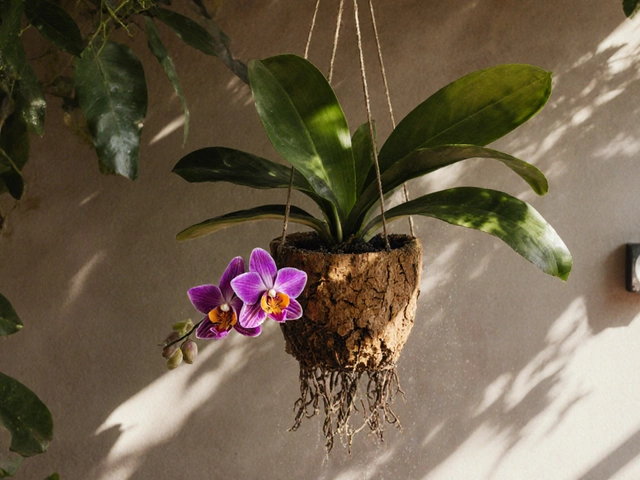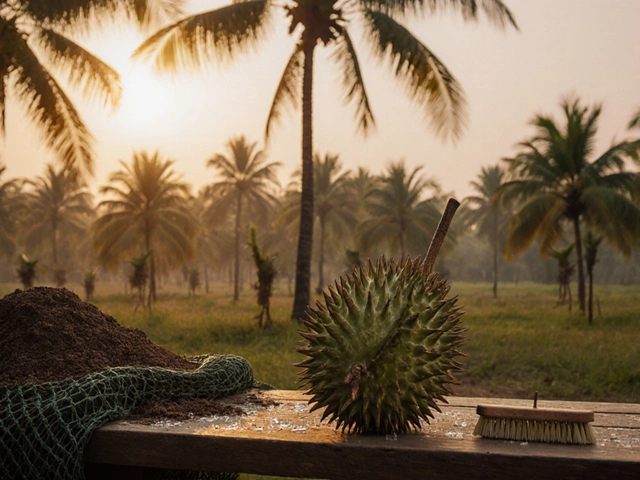Vermiculite: What It Is, How It Helps Your Garden, and Where to Use It
When you’re mixing soil for seedlings or trying to fix heavy clay in your balcony garden, vermiculite, a naturally occurring mineral that expands when heated, is often mixed into potting soil to improve aeration and water retention. Also known as expanded mica, it’s not fertilizer—but it makes fertilizer work better. Unlike perlite, which just drains water, vermiculite holds onto moisture like a sponge and slowly releases it to plant roots. That’s why it’s a staple in seed-starting mixes and container gardens across India, where dry spells and poor soil are common.
It’s not magic, but it’s close. vermiculite, a lightweight, sterile mineral that improves soil structure helps prevent compaction—something you see all the time in terrace gardens where soil gets crushed under pots and foot traffic. It also keeps roots from drying out during power cuts or busy workdays when you can’t water daily. And because it’s pH-neutral, it won’t mess with your plants’ nutrient balance. You’ll find it in mixes for tomatoes, chillies, and even delicate orchids like the Vanda, which need perfect drainage but constant humidity.
It’s often paired with compost, organic matter that feeds soil microbes and adds nutrients and coir, a coconut fiber alternative to peat moss that holds water without breaking down too fast. Together, they create a soil blend that lasts longer, needs less watering, and supports stronger roots. That’s why you’ll see it in DIY self-sustaining gardens and in professional nursery mixes sold across India.
But here’s the catch: not all vermiculite is equal. Some older batches, especially imported ones, might contain trace amounts of asbestos. That’s why it’s smart to buy from trusted Indian brands like Central BioTech Gardening—products tested for safety and made for local conditions. You don’t need a greenhouse or fancy tools. Just mix one part vermiculite with two parts soil, and you’ll notice the difference in seedling survival rates, root health, and even how long your plants go between waterings.
Whether you’re growing veggies on a 10x10 patio, reviving tired balcony soil, or setting up a drip system to save water, vermiculite is the quiet hero behind healthy roots. It doesn’t get talked about like neem oil or compost, but if you’ve ever lost seedlings to dry soil or soggy roots, this is the fix you didn’t know you needed. Below, you’ll find real posts from gardeners who’ve used it—some for the first time, others for years. They’ll show you exactly how much to use, what plants benefit most, and how to avoid the one mistake most beginners make.
Delving into the world of soil amendments, this article explores the unique properties of vermiculite and perlite. By examining their impact on soil aeration, moisture retention, and nutrient provision, gardeners can make informed decisions tailored to their specific planting needs. With vivid examples and practical gardening tips, readers will gain insights into optimizing their soil. Whether aiming to lighten heavy clay or retain moisture in sandy soil, discover which amendment best suits your garden’s demands.
Continue reading...





